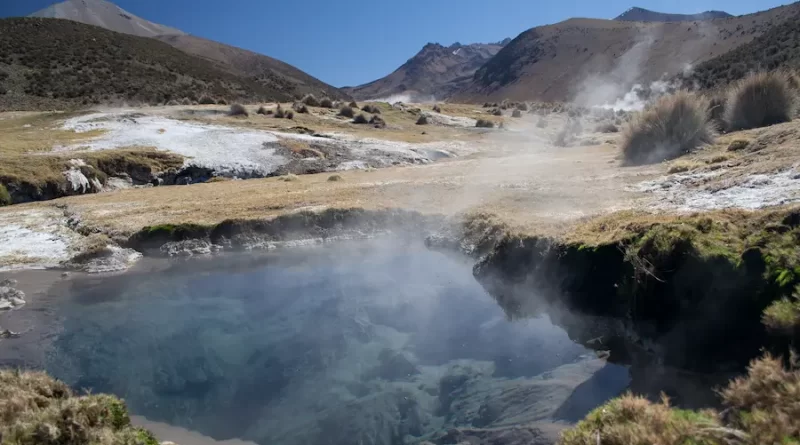Why Hot Springs Are Good For You
Hot springs like the best hot springs in Iceland contain dissolved minerals that are good for the body. Some of these minerals are sulfur, sodium, and calcium, while others are a combination of these minerals.
Minerals in Hot Springs
Several different minerals can directly affect health, including sulfur, magnesium, and calcium, which are absorbed through the skin. Other minerals found in hot springs include lithium, bromine, and fluorine.
Iron is vital for the body and is found in natural hot spring water. It is an essential nutrient that regulates hormone levels and is known to help prevent and treat menstrual disorders, menstrual cramps, and arthritic pain. It is also necessary for the prevention of osteoporosis. Iron also helps with building stronger bones and teeth. It also promotes good circulation.
In ancient times, bathing in mineral-rich hot springs was used to treat ailments. This practice, known as balneology, was practiced by numerous civilizations and is believed to improve blood circulation, improve nervous system balance, and reduce the risk of atherosclerosis.
Hydrostatic Pressure Stimulates Your Body’s Natural Functions
Hydrostatic pressure is a natural pressure on fluid molecules due to the Earth’s gravitational pull. It is experienced both at rest and in motion. It forces a fluid forward whenever it encounters an area of least resistance. This is why water rushes out of a hole in a paper cup, and gas rushes out of a leaky pipeline. In the same way, hydrostatic pressure forces blood to flow from vessels.
Hydrostatic pressure is an effective treatment for many health problems. The increased pressure stimulates your body’s natural processes, including improving circulation and detoxification. It is especially beneficial for people with edema or excessive swelling. It is also beneficial to those who experience chronic muscle pain.
The effect of hydrostatic pressure on the body is that it minimizes the buildup of lactic acid. This is especially helpful for deconditioned people with a low lactate threshold. It is also beneficial to all patients due to its influence on circulation.
Sulfur in Hot Springs is Needed for Collagen Production
Sulfur in hot springs is essential for producing collagen, a protein that gives skin and connective tissue their elasticity and smooth texture. Additionally, sulfur in hot springs helps to remove impurities from the body’s pores. It is also beneficial for the treatment of dry scalp and brittle bones.
There is a lack of laboratory testing for the effect of sulfur in hot springs, but many people find that it improves skin and hair. There are 19 amino acids in collagen, including hydroxyproline, proline, and glycine. Many other proteins contain low levels of these amino acids.
The water in hot springs can reach temperatures up to 180 degrees Fahrenheit (82 degrees Celsius). Hot springs are a great way to relax and rejuvenate your skin. They are effective during any season, although the benefits are most significant when outside air temperatures are below 75 degrees Fahrenheit. That’s why many people choose to spend time in hot springs during colder months.
They Kill Harmful Bacteria
The water from hot springs has medicinal properties, as it is infused with sulfur and fluoride. It contains trace minerals like lithium and boron. Many people find bathing in such water therapeutic. Some hot springs are even associated with health spas.
The water from hot springs contains several different types of bacteria. Some species are thermophilic, which means they grow best in a warm environment. Certain bacteria thrive best at temperatures of 85 to 185 degrees Celsius. In contrast, the algae in hot springs grow best at 55 deg C and below temperatures. Due to the high temperatures, the water from hot springs releases a large amount of heat. This heat is used in various applications, including buildings that use geothermal energy to heat their water. Some hot springs also feature geysers, which spout intermittent jets of water.
Water from hot springs is good for you because it kills harmful bacteria. However, the water quality depends on the type of hot springs you choose. Some springs are developed and filtered, while others are undeveloped. Developed hot springs use chlorine to kill harmful bacteria.

